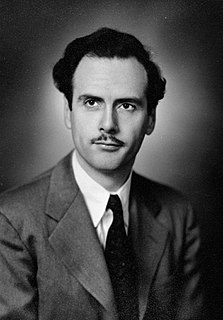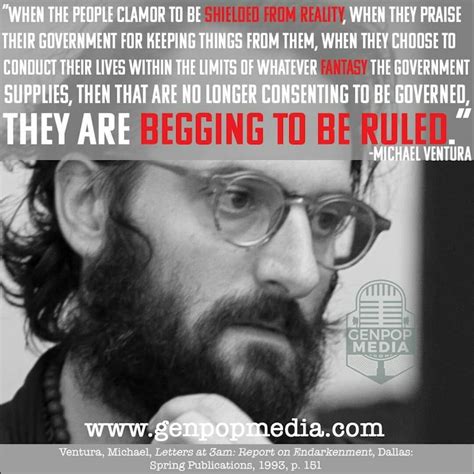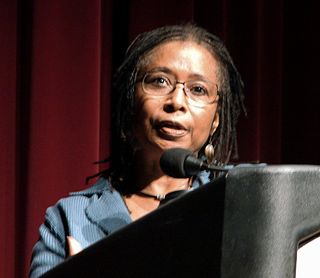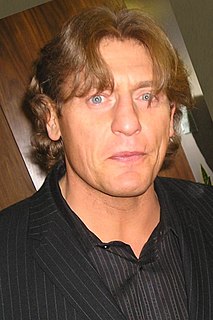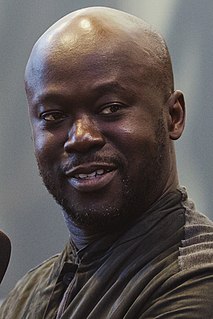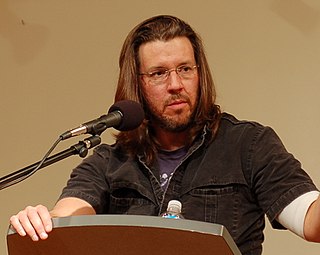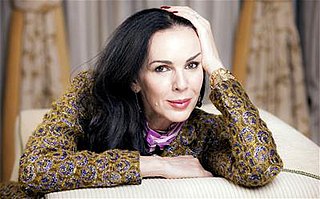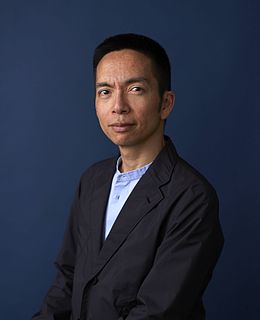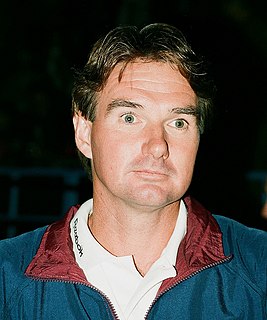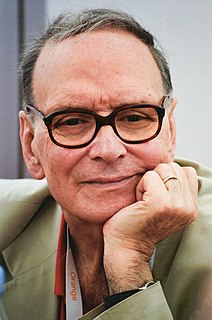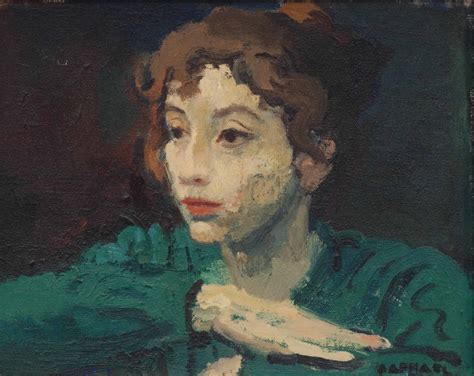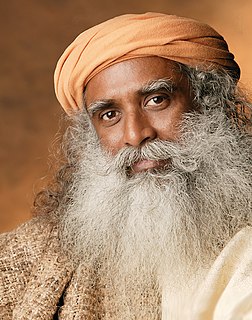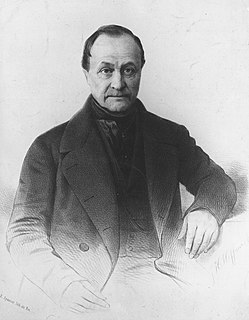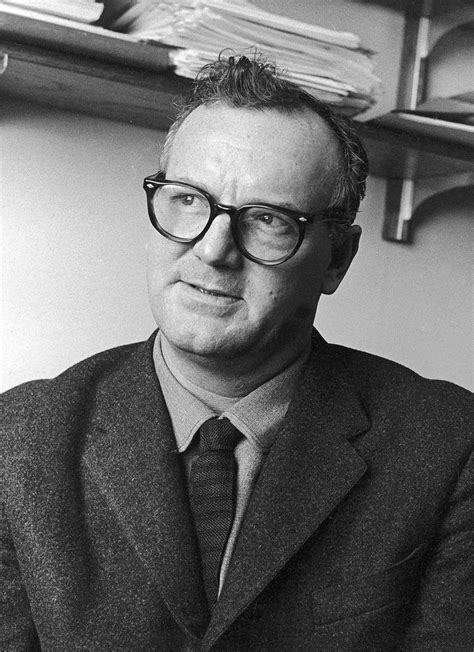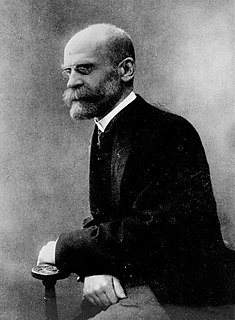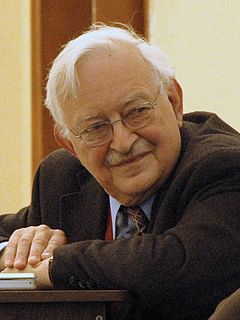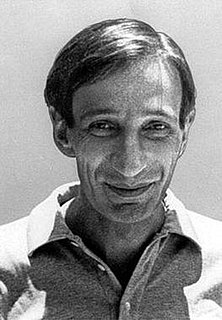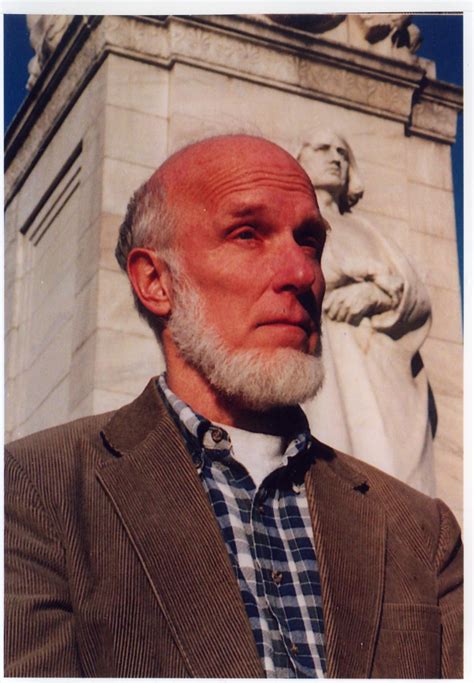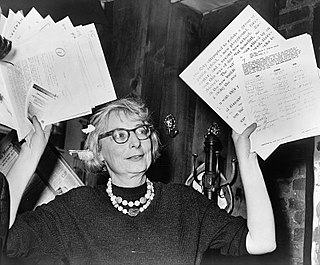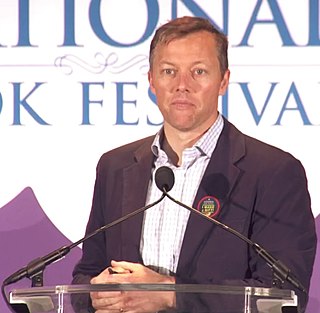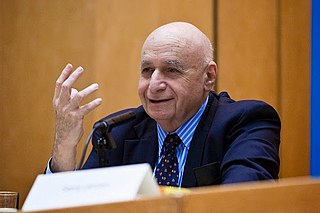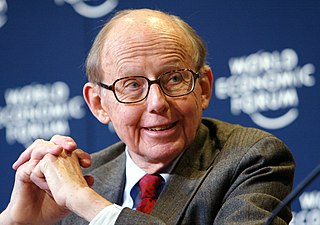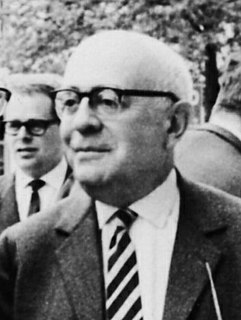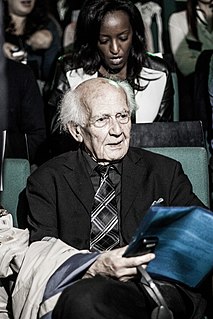A Quote by Marshall McLuhan
What we call art would seem to be specialist artifacts for enhancing human perception.
Quote Topics
Related Quotes
Creativity is an innate function in a human being, as we see in tribal peoples, who spent their considerable leisure time making religious artifacts and sacred art. That is what I would call a direct culture, in that everybody in it is directly in touch with all the elements, both of the culture and of the environment.
I personally have never trusted museums. ... It is because museums, broadly speaking, live off of the art and artifacts of others, often art and artifacts that have been obtained by dubious means. But they also manipulate whatever it is they present to the public; hence, until Judy Chicago, in the 1970s ... few women artists were hung in any major museum. Indian artists? Artifacts only, please. Black artists? Something musical, maybe? And so forth.
In dark times, the definition of good art would seem to be art that locates and applies CPR to those elements of what's human and magical that still live and glow despite the times' darkness. Really good fiction could have as dark a worldview as it wished, but it'd find a way both to depict this world and to illuminate the possibilities for being alive and human in it.
